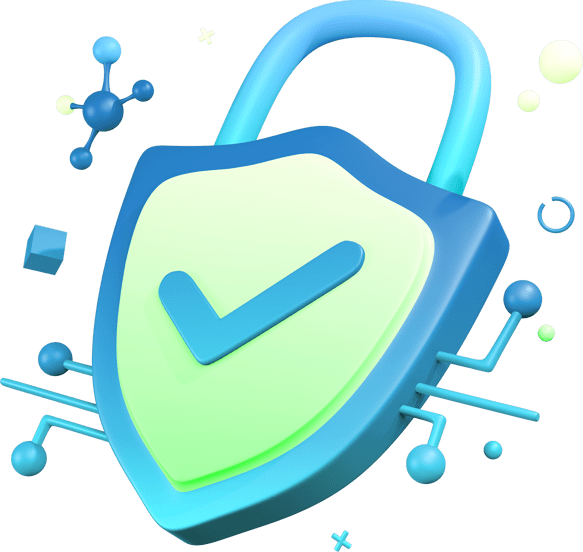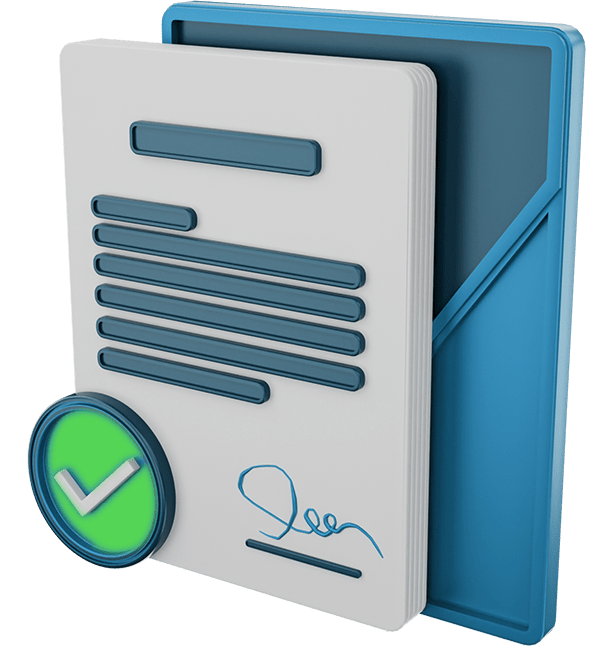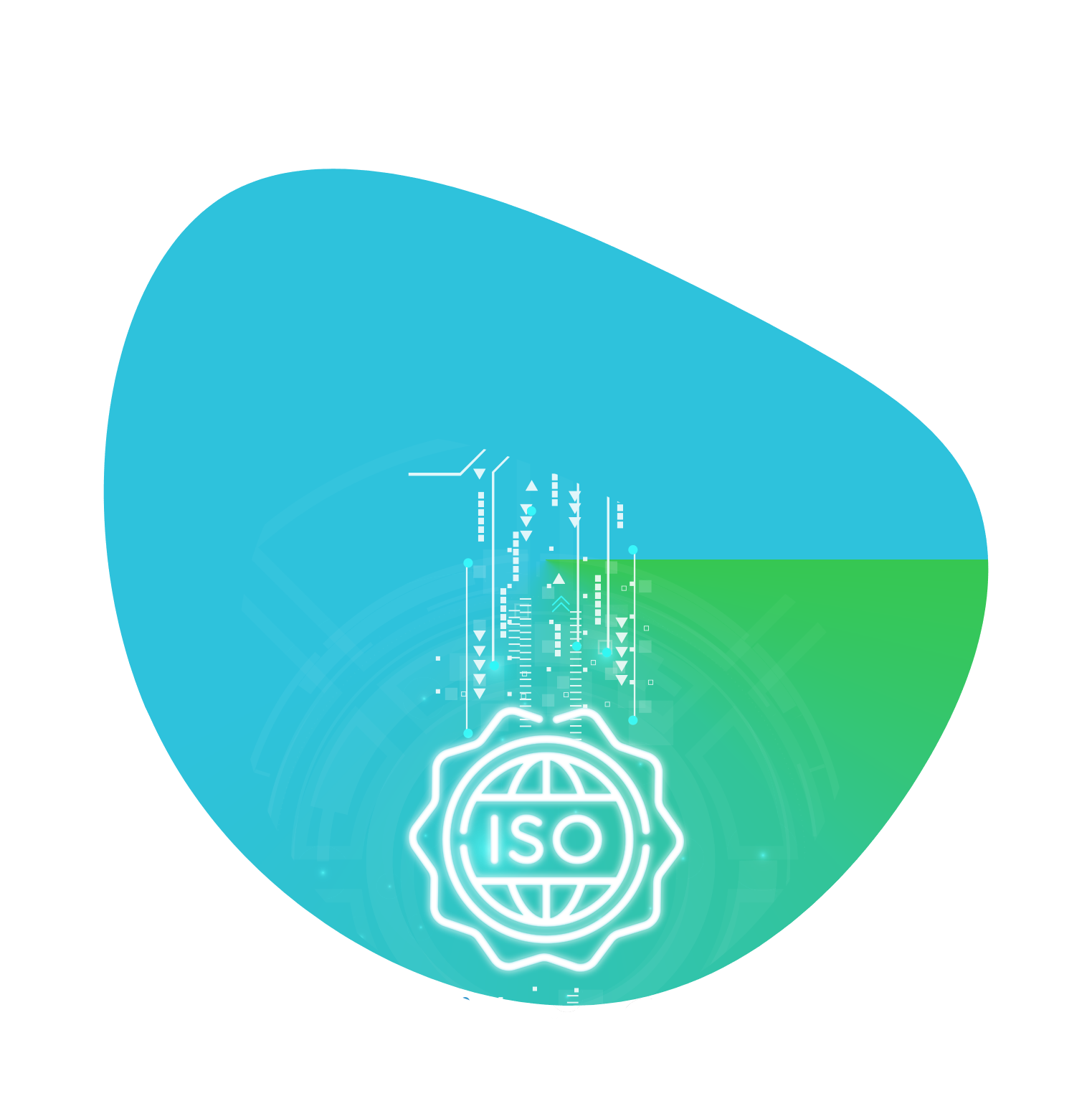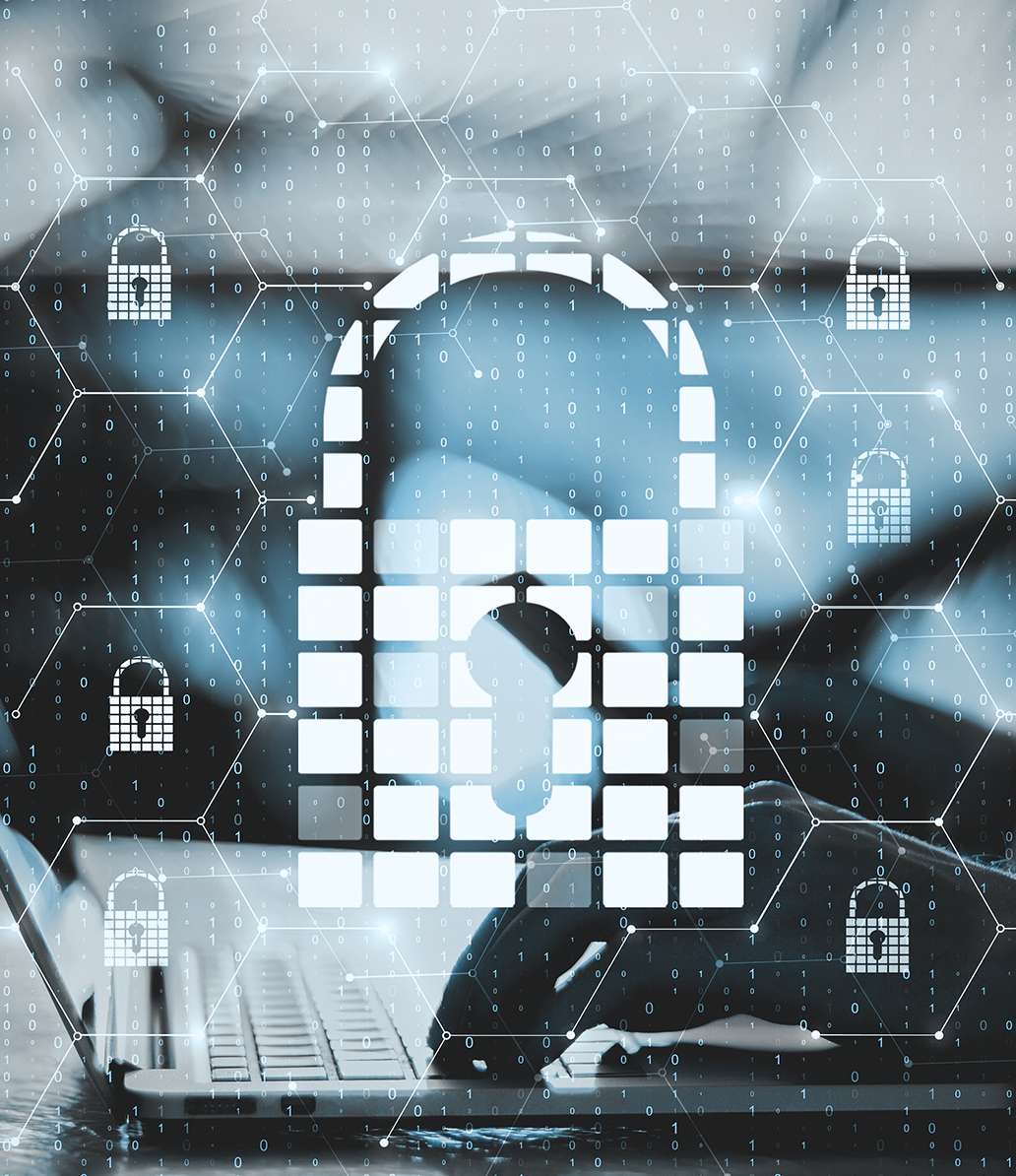🇺🇸 Language
What is ISO 27005 Standard
The ISO 27005 standard outlines a comprehensive risk management framework and methodology for organizations to identify, assess, evaluate, and treat information security risks effectively. It provides guidance on how to integrate risk management practices into the organization's overall information security management system

ISO STANDARD
ISO STANDARD
The Components of ISO 27005
• Risk Management Framework
• Risk Assessment
• Risk Treatment
• Risk Communication
• Risk Monitoring and Review
• Integration with ISO 27001
• Adaptability

Implementing the ISO 27001 Information Security Management System:
• A systematic study of information security risks within the organization
taking into account threats, vulnerabilities and the effects resulting.
• Design and implement a coherent and comprehensive set of
information security controls, risk handling procedures unacceptable risks.
• Adopting a comprehensive information security system to ensure
that information security controls continue to meet the organization's information security needs on an ongoing basis.

The Methodology of ISO 27005
Risk Identification: Identify potential risks that could impact the confidentiality, integrity, and availability of information and information systems
Risk Assessment: Assess the identified risks by estimating the likelihood and potential impact of each risk. This assessment helps prioritize risks based on their severity and potential consequences
Risk Evaluation: Evaluate the assessed risks against pre-defined risk assessment criteria. Determine the acceptability of risks based on the organization's risk tolerance and appetite
Risk Treatment: Develop and select appropriate risk treatment options for addressing identified risks. These options can include risk avoidance, risk mitigation, risk transfer, or risk acceptance
Risk Communication: Communicate the results of the risk assessment to relevant stakeholders, including senior management, employees, and other parties
Risk Monitoring and Review: Regularly monitor and review the effectiveness of the implemented risk treatment measures
Documentation: Maintain documentation of the entire risk assessment process, including the identified risks, assessment criteria, evaluation results, risk treatment decisions, and communication efforts
Continuous Improvement: Continuously improve the risk assessment methodology and process based on lessons learned and feedback from risk management activities


Methodology of ISO 27005
Risk Identification: Identify potential risks that could impact the confidentiality, integrity, and availability of information and information systems.
Risk Assessment: Assess the identified risks by estimating the likelihood and potential impact of each risk. This assessment helps prioritize risks based on their severity and potential consequences.
Risk Evaluation: Evaluate the assessed risks against pre-defined risk assessment criteria. Determine the acceptability of risks based on the organization's risk tolerance and appetite.
Risk Treatment: Develop and select appropriate risk treatment options for addressing identified risks. These options can include risk avoidance, risk mitigation, risk transfer, or risk acceptance.
Risk Communication: Communicate the results of the risk assessment to relevant stakeholders, including senior management, employees, and other parties.
Risk Monitoring and Review: Regularly monitor and review the effectiveness of the implemented risk treatment measures.
Documentation: Maintain documentation of the entire risk assessment process, including the identified risks, assessment criteria, evaluation results, risk treatment decisions, and communication efforts.
Continuous Improvement: Continuously improve the risk assessment methodology and process based on lessons learned and feedback from risk management activities.
The process — Behind the scenes.
Initiate Cybersecurity Operating model.
Initiate Cybersecurity Operating model
Establish an Operating Model framework
Initiate Cybersecurity Operating model
Establish an Operating Model approach
Initiate Cybersecurity Operating model
Defining Vision, Principles, Capabilities.
Initiate Cybersecurity Operating model
Establish an organization Blueprint
Initiate Cybersecurity Operating model
Building an organization Roadmap
Initiate Cybersecurity Operating model
Implementing an organization Blueprint
Initiate Cybersecurity Operating model
How can Nozom help you?
Gap analysis (gap analysis) maturity assessment, penetration tests.
Design and operate security quality systems.
Conduct comprehensive audits and reviews of your organisation's cyber security situation.
Developing and formulating the organization's cyber security strategy.
Rehabilitation and employment services for security cadres, and the establishment of internal cyber security departments and offices.
Providing awareness campaigns and training courses for cyber security aimed at transferring knowledge and enhancing employee skills.
Applying the cyber security regulatory framework for service providers in the telecommunications, information technology and postal sectors.
Auditing and reviewing quality systems, and ensuring their compliance with regulatory and legislative requirements.
Installation and commissioning of security solutions (physical and electronic).
Formulate and implement an appropriate security incident response methodology and security incident reporting system
Related Services
SAMA
Defining the business continuity plan and strategy (BCP) and aligning it with the overall strategy
QMS
Raising the competitiveness of the establishment in front of competitors and being one step ahead of them
ISO 27001
Protecting the organization and protecting the assets of beneficiaries and suppliers
CyberSecurity
We aim to support our clients' Cyber Security through the whole journey and fulfill roadmaps requirements.
Digital Transformation
Is the profound shift that organizations undergo by integrating digital technologies into all aspects of their operations
ISO 27001
Protecting the organization and protecting the assets of beneficiaries and suppliers
NORA
The Digital Government Authority’s development of the National Overall Reference Architecture

The process — Behind the scenes.
Initiate Cybersecurity Operating model.
Establish an Operating Model framework.
Establish an Operating Model approach.
Defining organization Vision, Principles, Capabilities.
Establish an organization Blueprint.
Building an organization Roadmap.
Implementing an organization Blueprint.
something good about how the work is done
ISO Standards




ISO/IEC 27001
ISO/IEC 27001
ISO/IEC 27001 is the international standard for information security.
Setting specification for an effective ISMS (information security management system).
ISO 27001's best-practice approach helps organizations manage their information security by addressing people, processes and technology.
ISO/IEC 27017 is a security standard developed for cloud service providers and users to make a safer cloud-based environment and reduce the risk of security problems.

ISO/IEC 27018
ISO/IEC 27018:2019
Confidentiality is a key concern in a cloud computing environment.
ISO/IEC 27018:2019 takes into consideration the regulatory requirements for the protection of identifiable personal information (IPI) that may be applicable in the context of risk assessment.
ISO/IEC 27018:2019 sets out guidelines related to a cloud service provider’s information security.

Information Security Management
NOZOM will Support you by:
Plan the implementation and operation of your service management system.
Implement the service management plan.
Monitor measure and review the achievement of service management objectives.
Identify actions for continual improvement.




ISO/IEC 31000
ISO/IEC 31000
The ISO 31000 risk management standard defines the requirements for effective risk management in enterprises, which can be applied to the planning, management activities.
The ISO 31000 communication processes in public, private or social areas, aiming to increase operational efficiency, management, shareholder trust.
The ISO 31000 minimizes deferent kinds of losses.

ISO/IEC 31000
ISO/IEC 31000 Result
ISO/IEC 31000 Enterprise Risk Management System Certificate shows that the organization has a corporate identity and gives reputation to its competitors.
In the ruthless competition conditions of today's world, every effort is to be one step ahead of the competitors.

Information Security Management
NOZOM will Support you by:
Plan the implementation and operation of your service management system.
Implement the service management plan.
Monitor measure and review the achievement of service management objectives.
Identify actions for continual improvement.



ISO/IEC 22301
ISO/IEC 22301
ISO 22301 Business Continuity Management System, establishes processes, procedures, decisions and activities
ISO 22301 ensures the continuation of the establishment activity as a result of the interruption of an activity after an unexpected negative situation within the company.
ISO 22301 measure the ability of the organization to provide the products or services continues to be determined at an acceptable levels.
proactive and reactive plans to help organizations avoid crises and disasters, they help to ensure that such situations can be quickly restored to the usual situation.

Information Security Management
NOZOM will Support you by:
Plan the implementation and operation of your service management system.
Implement the service management plan.
Monitor measure and review the achievement of service management objectives.
Identify actions for continual improvement.




ISO/IEC 20000
ISO/IEC 20000
ISO 20000 certification can help improve your organization’s reputation and set you aside from the competition.
building credibility and trust in your ability to manage your IT services effectively, it can elevate your organization when looking for new business opportunities.
ISO/IEC 20000 is the international ITSM (IT service management) standard, It enables IT departments to ensure that their ITSM processes are aligned with the business’s needs and international best practices.

ISO/IEC 20000
ISO/IEC 20000 Result
The standard describes a set of management processes designed to help you deliver more effective IT services.
It gives you the methodology and the framework to help you manage your ITSM.
allowing you in proving that your company follows the best practices; in turn, these best practices will help your organization to improve your delivery of IT services.

Information Security Management
NOZOM will Support you by:
Plan the implementation and operation of your service management system.
Implement the service management plan.
Monitor measure and review the achievement of service management objectives.
Identify actions for continual improvement.
Web Design
Ceating brand identities, digital experiences, and print materials that communicate clearly.
― Learn more
Exclusive
Digital Marketing
Ceating brand identities, digital experiences, and print materials that communicate clearly.
― Learn more
Search Engine Optimization
Ceating brand identities, digital experiences, and print materials that communicate clearly.
― Learn more
Social Media
Ceating brand identities, digital experiences, and print materials that communicate clearly.
― Learn more



10+
Years of Operation
Our team have been running well about 10 years and keep going.
98%
Positive Feedback
Our team have been running well about 10 years and keep going.
2,664
Projects Completed
Our team have been running well about 10 years and keep going.
Hear from
happy
customers.
We have three projects with this template and that is because we love the design, the large number of possibilities to customize the template and the support received. We recommend it!

Ray Charles
Netflix Chief Designer
HUB is by far the best theme here in Themeforest, I don't think anyone can match it's code quality, design or anything anytime soon! I hope you sell 10 million copies, I'm soooo glad I found it

Markfortez
Envato User
I’m only just starting to work with this theme, but so far it looks great and extremely customizable. Not everything was clear to me though, but the support has been absolutely amazing.

Divinginwonderland
Envato User

I would give LiquidThemes are five stars for each category if I could! I LOVE the demo site I was able to easily download and customize - I’m going to have the best portfolio site ever! Yay microinteractions!

Brukmaxwell
Envato User
Make A Request
— 97.6 Customer Satisfaction
Hear from
happy
customers.
Bring your ideas to life with an intuitive visuals editor. Create, edit, and customize your website visually and see the changes instantly.


We have three projects with this template and that is because we love the design, the large number of possibilities to customize the template and the support received. We recommend it!

Ray Charles
Netflix Chief Designer
HUB is by far the best theme here in Themeforest, I don't think anyone can match it's code quality, design or anything anytime soon! I hope you sell 10 million copies, I'm soooo glad I found it

Markfortez
Envato User
I’m only just starting to work with this theme, but so far it looks great and extremely customizable. Not everything was clear to me though, but the support has been absolutely amazing.

Divinginwonderland
Envato User

I would give LiquidThemes are five stars for each category if I could! I LOVE the demo site I was able to easily download and customize - I’m going to have the best portfolio site ever! Yay microinteractions!















